- Category
- War in Ukraine
F-16s Are Finally Coming to Ukraine and It’s a Really Big Deal
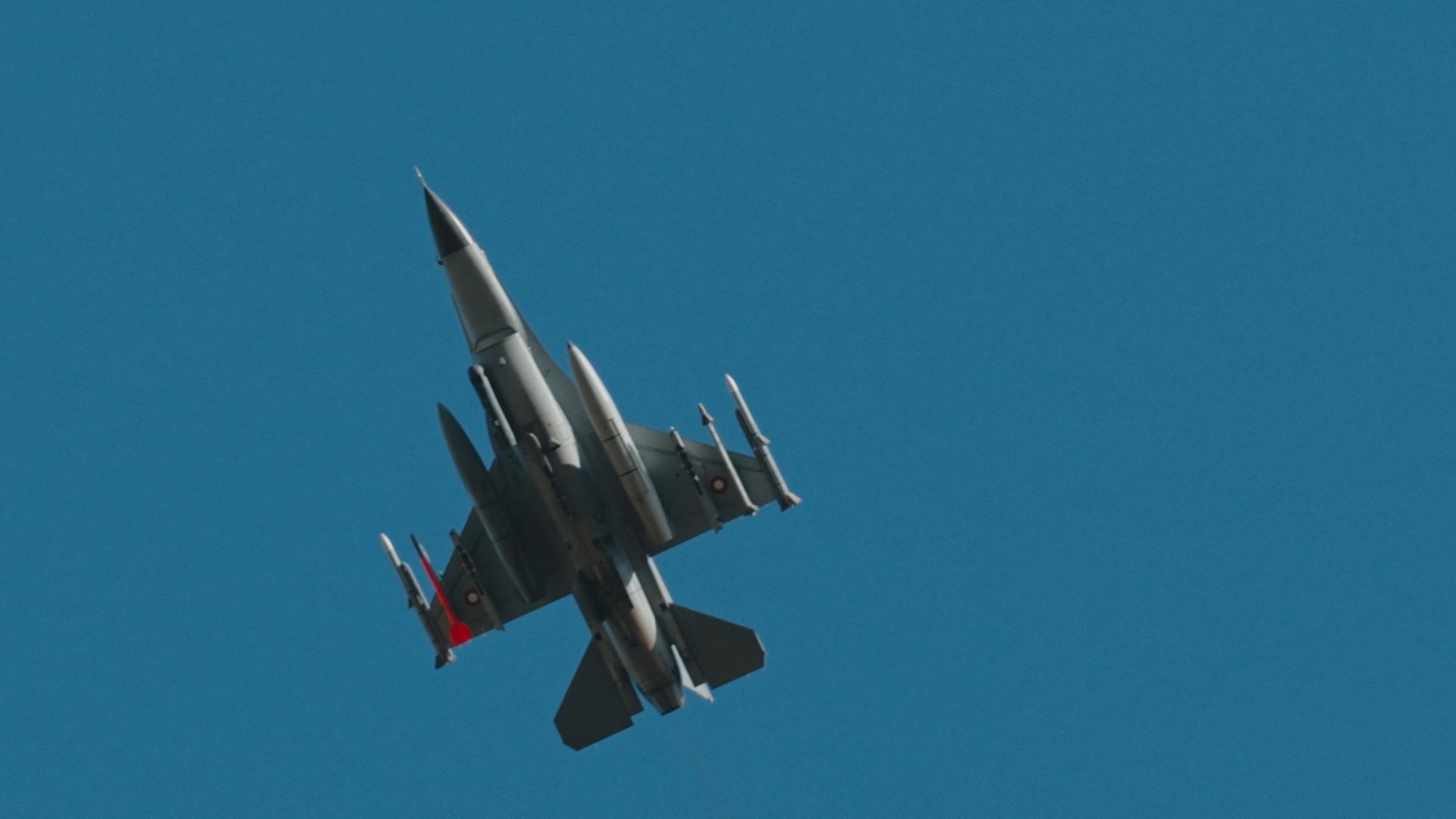
Amid the ongoing war with Russia, President Zelenskyy’s announcement of new F-16 fighter jets in March of 2024 marked a pivotal moment in Ukraine’s defence strategy. But what exactly is the importance of this development, and how might these aircraft enhance Ukraine's defence capabilities?
“Ukraine will be flying operational F-16s this summer,” NATO leaders announced at the summit in Washington this week.
“F-16s will also be used to bolster Ukraine’s air defense. I am confident that they will assist us in better protecting Ukrainians from brutal Russian attacks, such as this week's strike on the Ohmatdyt children's hospital in Kyiv,” President Zelenskyy said on X, “F-16s bring just and lasting peace closer, demonstrating that terror must fail everywhere and at any time.”
The acquisition of the F-16 Fighting Falcon, a coveted American fighter jet, has been a longstanding goal for Ukraine since the onset of Russia's full-scale invasion in February 2022. These advanced aircraft represent a significant enhancement to the Ukrainian Air Force, empowering them to effectively intercept Russian bombers and provide vital support to ground forces. With these jets, Ukraine can better safeguard its borders and mitigate the threat posed by glide bombs targeting civilians and soldiers.
Exploring the implications further, we delve into why this long-awaited fighter jet could give Ukraine the air superiority it needs to make clear shifts in this war. As Ukraine and its Western allies forge stronger bonds—despite persistent Russian aggression—their commitment to countering threats together grows.
The F-16 at 50, still one of the world’s most superior fighter jets
This year, the F-16 marked 50 years since its first flight. The notorious American jet is a ‘multirole’ fighter, which means that it can fulfil different purposes using a variety of modern high-precision air-to-air and air-to-ground weapons. It is able to conduct strikes at a greater distance and can carry more weapons than most of the current Ukrainian fleet.
The variety of weapons that the F-16 can carry is truly impressive. To cut a long story short, there is plenty to surprise Russia with.
Currently, Ukraine’s air fleet is mainly made up of Soviet-made jets from the 1970s, such as MiG-29, Su-27, Su-24 and Su-25. There have been numerous attempts to upgrade this existing fleet for the use of Western weaponry but the capabilities have remained limited due to the lack of full integration with their aircraft systems.
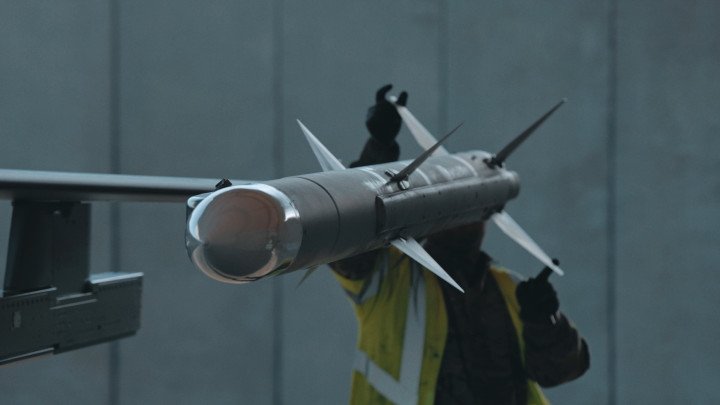
Russia, on the other hand, uses more modern planes and those—such as the MiG-31—that can fly at higher altitudes and feature advanced radars, locating targets from further away. The MiG-31, particularly, can engage multiple targets at once.
But the F-16 is an all-rounder, highly manoeuvrable and with a top speed of around Mach 2.2. It would still face disadvantages against the long-range MiG-31 in terms of its shorter firing distance, but much less of a disadvantage than Ukraine currently struggles with. The F-16 could, however, fly closer to the frontline—pushing the MiG-31 deeper inside Russia.
Although its manoeuvrability is slightly inferior to the MiG-29 that Ukraine currently uses, “this minor difference is completely levelled by advanced electronics that allow for long-range hostile detection,” according to Ukraine’s Military Media Centre. The AN/APG-80 radar has a target detection range of almost 200 km and the AN/AAQ-33 Sniper, AN/AAQ-13 LANTIRN, AN/AAQ-28 LITENING allow precise aiming at enemy targets.
The F-16 on average takes up to around 16 hours of maintenance per flight, wheareas the MiG-29 takes up far less time to troubleshoot. However, Ukraine’s dependence on spare parts would be vastly cut with the F-16, as those produced for the old Soviet MiG and Su’s are hard to come by.
According to Statista there are currently 2,810 active F-16 fighter jets worldwide. This means that there are many spare parts and trained personnel to support Ukraine in their new fleet. In addition, a number of countries like the USA and the Czech Republic are planning to transition to newer jet like the F-35s, potentially releasing hundreds of the F-16s onto the market.
Who has ‘air superiority’, and why are fighter jets so important?
Not only is this fighter jet an exceptional performance aircraft with a great service record, the most important and pressing reason for Ukraine needing far more fighter jets—whether it’s the F-16s or others—is the sheer magnitude of Russian air capabilities that far outweigh those of Ukraine. These numbers from Statista are a stark reminder of just that:
Russia | Ukraine | ||
|---|---|---|---|
Total aircraft: | 4200 | 321 | |
Total helicopters: | 1547 | 33 | |
Fighters: | 809 | 72 | |
Dedicated attack: | 730 | 30 | |
Attack helicopters: | 559 | 33 | |
Trainers: | 552 | 73 | |
Transport aircraft: | 453 | 24 |
According to Global Fire Power, Russia is also stronger than Ukraine in land power, naval power, man power and more. These numbers, however, are changing on a regular basis due to the continuous developments on the frontlines—including in Ukraine’s favour.
At the end of February, Ukraine shot down 13 Russian aircraft in 11 consecutive days. Ten Su-34 and Su-35 fighter bombers and a rare Beriev A-50 radar plane.
Though downing these planes was a success, “the enemy has overcome the fear of using aviation directly over the battlefield,” the Ukrainian Center for Defense Strategies explained, “and although this results in the loss of aircraft, their ground forces gain a significant firepower advantage.”
Having more fighters, such as the F-16s, in Ukrainian skies would not only be effective against troops and other targets on the ground, but also against other aircraft or fighter jets—by preventing them from flying further into Ukraine. This would ultimately give ground force advantages back to Ukraine and what some call, sufficient ‘air superiority.’
Yurii Ihnat, spokesman of the Air Force of the Armed Forces of Ukraine said that the Ukrainian Defence Force currently lacks capability in shooting down Russian aircraft that launch the 1.5 tonne so-called glide bomb munitions. The F-16s are set to also help with that.
Dan ‘Two Dogs’ Hampton is a retired United States Air Force Lieutenant Colonel who served in the U.S. Air Force flying 151 combat missions in the F-16 told us that “you cannot win a war from the air. But you can lose it without air superiority. Russia is a graphic example of this. Two years in and they do not control the skies.”
Though Russia’s fleet is much larger, Ukraine could take control with an influx of F-16.
F-16s deliveries are moving closer to the front, but when?
In recent months the Prime Minister of Netherlands Mark Rutte has shown unwavering support in pledging to donate the F-16 to Ukraine, initially announcing the supply of 18 but committing to a further 6 this year, bringing the total to 24.
Denmark has promised Ukraine 19 of their fighter jets.
The first wave of the U.S.-built F-16s are already being sent to Ukraine from the Netherlands and Denmark. "And those jets... will be flying in the skies of Ukraine this summer to make sure that Ukraine can continue to effectively defend itself against the Russian aggression," U.S. Secretary of State Antony Blinken said on Wednesday at the NATO summit.
Norway has pledged to deliver 6 F-16s, but date of delivery is yet to be determined.
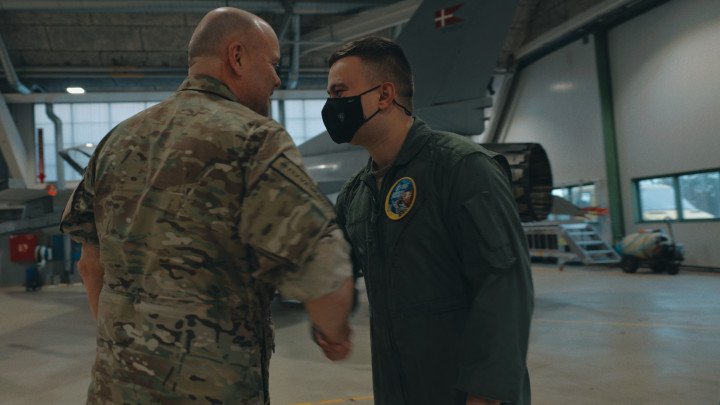
The F-16 is highly complex, Ukraine has never had access to such an advanced system and receiving Western supplies and support has been a long road thus far. But the situation is now moving in a more positive direction.
Last year, the European Training Centre for F-16 Fighter Pilots opened in Romania and is set to host Ukrainian pilots. In addition, 6 Ukrainian pilots and several dozen technicians are going through intensive training on the F-16 at the Skrydstrup in Denmark, where we had exclusive access to.
A Ukrainian pilot undergoing training told us that “the biggest boost here is not combat experience, but the motivation to go back and fight.”
But, he added, changing from “old Soviet-made platforms to Western is problematic in avionics. [F-16s] are much easier to fly pilot wise, it’s a really awesome jet to fly but we didn’t use that system beforehand. It’s like transitioning from the key telephone, like the old Nokia, straight to an iPhone without those steps in-between.”
Dan ‘Two Dogs’ Hampton had some words of encouragement for the training fighters: “When all else fails, trust your instincts. Unfortunately, you have no extra time to spare. Be vicious; hit hard and don't miss.”
Why has the take off taken time?
Firstly, there were doubts that Ukraine would be able to handle complicated Western systems in such a short time. Some other concerns included:
pilots lack of English language skills;
time shortage;
amounting pressure on the frontlines, such as the recent fall of Avdiivka;
ability to maintain and financially support the fleet.
The crews currently in training seem to be learning rapidly and are already practising and preparing take off on the F-16s solo, without their instructors. Financial support is also increasing—giving Ukraine the ability to maintain the awaited fleets and their crews.
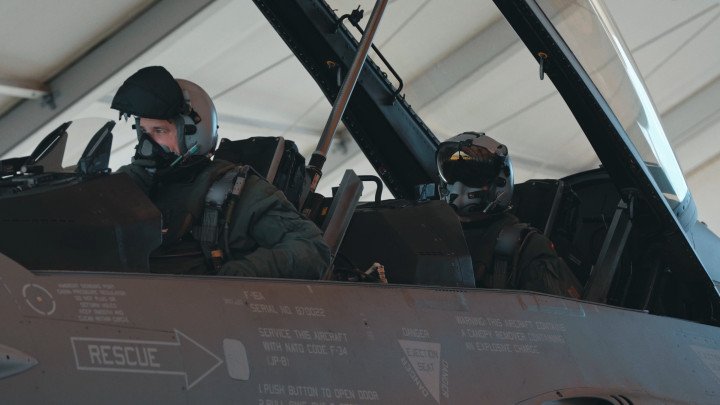
Secondly, just like with Western tanks that were long considered taboo, one of the bigger concerns was Russia’s reaction. Just like with every other time the delivery of new military aid was announced by Ukraine’s partners, Moscow immediately started vocalising threats and pledging a harsh response. But nothing more happened.
A couple of days later, they even backed down from their initial threat, when Russian Deputy Foreign Minister Sergei Ryabkov claimed that the F-16 would not help achieve the desired results against Russia.
Ukraine and its allies have a different view on the topic.
In Japan, when a reporter asked Biden if he would like to comment on the Russian Foreign Ministry’s statement that the delivery of F-16 fighter jets to Ukraine poses an enormous risk, Biden, microphone in hand, thought for a moment and then responded: “It is for them.”
Bill Blair, Canadian Minister of National Defence, announced that Canada will make a “new contribution of $60 million to the UDCG Air Force Capability Coalition. This donation will support the setup of a sustainable F-16 fighter aircraft capability in Ukraine. Specifically, the funds will help source F-16 supplies and equipment such as spare parts, weapons stations, avionics, and ammunition.”
The coalition cementing its support
The F-16 Training Coalition, which was formed during NATO’S Vilnius summit in July 2023, supports Ukraine on the transfer of aircraft, training of pilots, availability of maintenance personnel and the preparation of infrastructure.
The coalition is led by the U.S, Denmark, and the Netherlands. Other countries within the coalition include Norway, the U.K, Greece, Luxembourg, Canada, Poland, France, Romania, Belgium, Portugal and Sweden.
Ukraine had long been vying for much-needed support with the F-16s. Initially, however, Western partners were avoiding clear commitments.
Since the coalition’s formation, training and support has been making positive headway in enhancing air defence. But the official launch date of the new fleet won’t be publicly announced to prevent Russian forces using this information to their advantage.
Supplying Ukraine with the F-16s—along with the coalition’s training and financial support—is believed to have psychological effects on both Russian leadership and Ukrainian morale. It will undoubtedly further enhance a long-lasting relationship between Ukraine and the West.
“The Ukrainians need the morale boost of seeing the jets” said Dan ‘Two Dogs’ Hampton said, “Putin must be stopped and the Russian people made to realize the situation.”
NATO members said that they had ‘unwavering support’ for Ukraine and that they ‘will continue to support it on its irreversible path to full NATO membership’.
Along with F-16s they announced the delivery of five additional Patriot and other air-defense systems, further integration with Ukraine's military and members have also committed €40bn ($43.3bn, £33.7bn) in aid in the next year.
The UK’s new Prime Minister, Keir Starmer has lifted the restrictions on storm shadow missiles and they can now be fired from Ukraine, into Russia.
Zelenskyy urged other Western officials to lift restrictions on strikes using long-range missiles on military targets within the Russian Federation. If Ukraine is allowed to use Western long-range missiles against military targets on Russian territory, attacks against Ukraine will become less frequent.
“Ukraine can and will stop Putin,” the US president Biden said, “especially with our full, collective support. And they have our full support.”
-46f6afa2f66d31ff3df8ea1a8f5524ec.jpg)
-531fe8d92c87f1630d3f1a2503c33089.png)

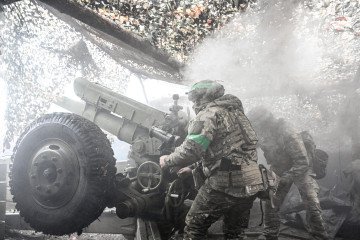
-29a1a43aba23f9bb779a1ac8b98d2121.jpeg)
-886b3bf9b784dd9e80ce2881d3289ad8.png)


-f88628fa403b11af0b72ec7b062ce954.jpeg)